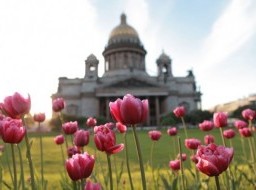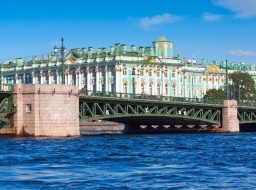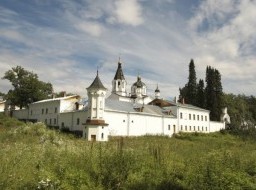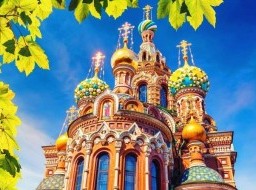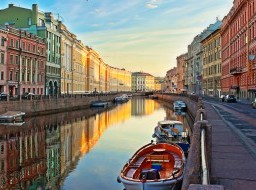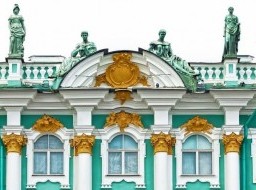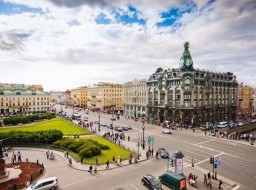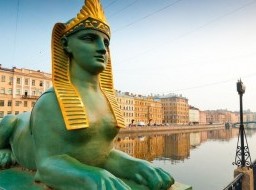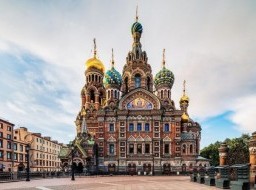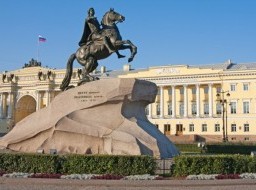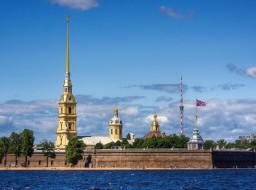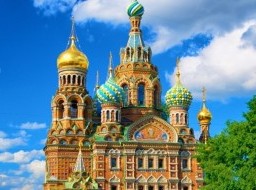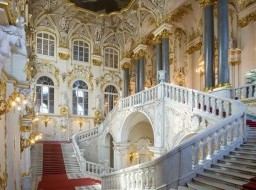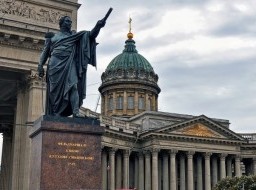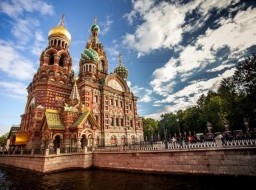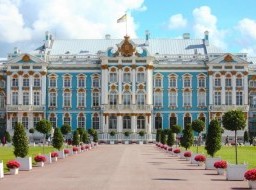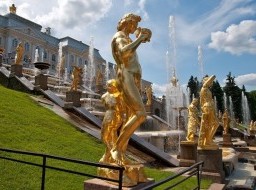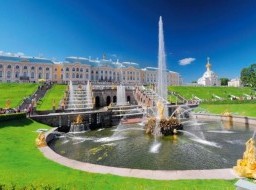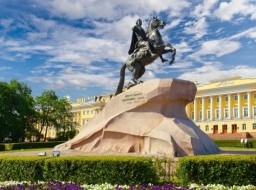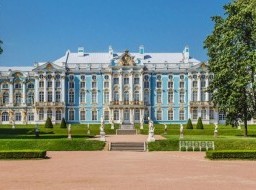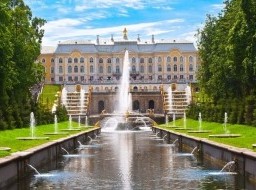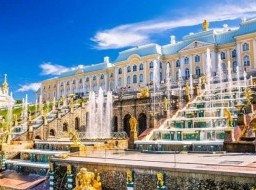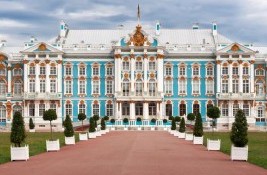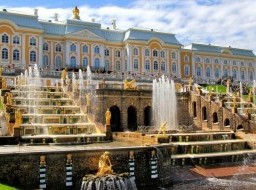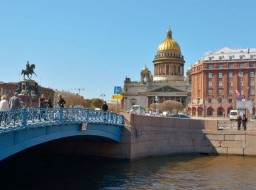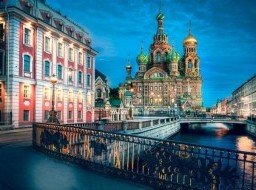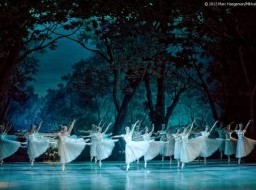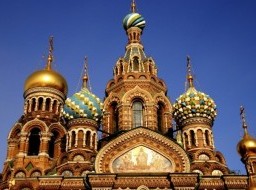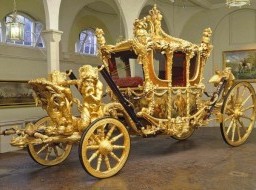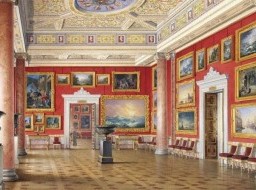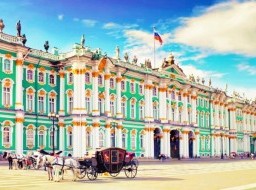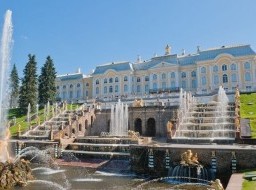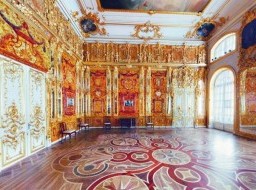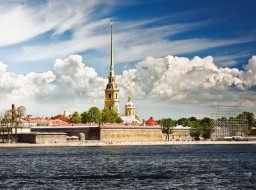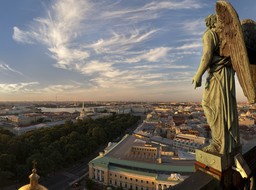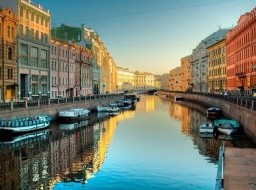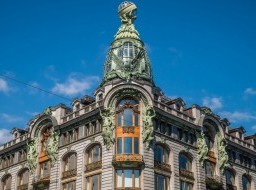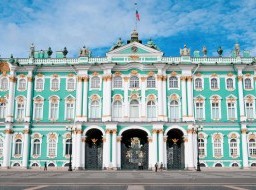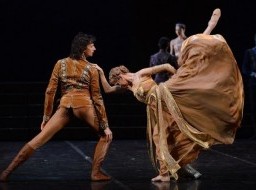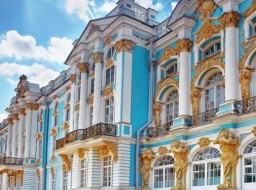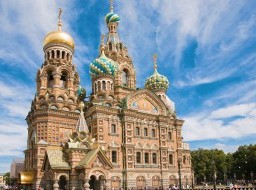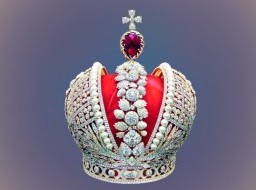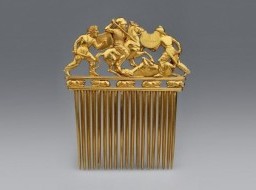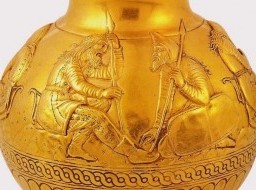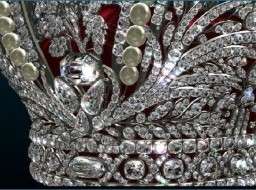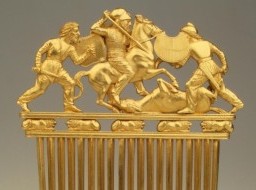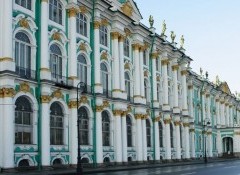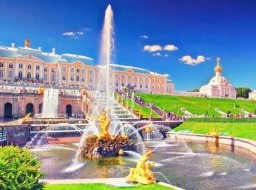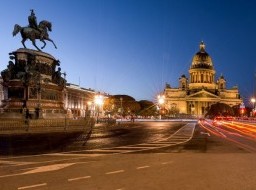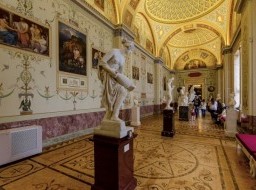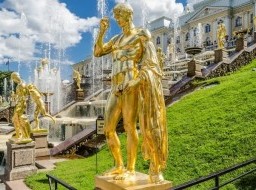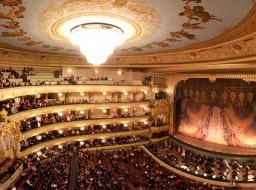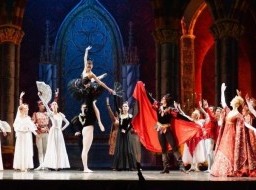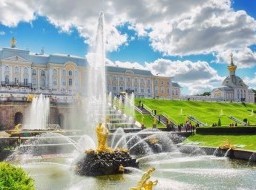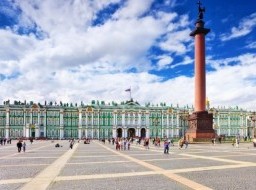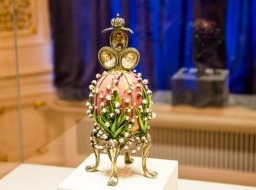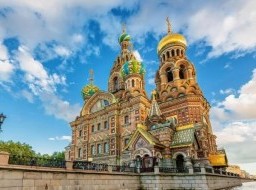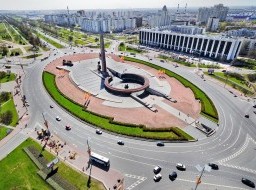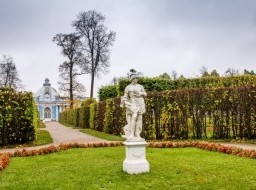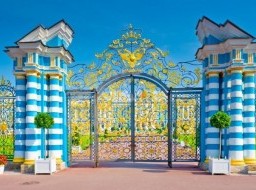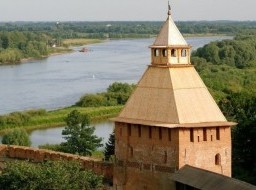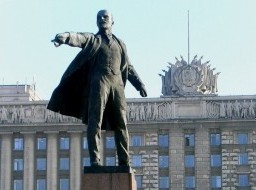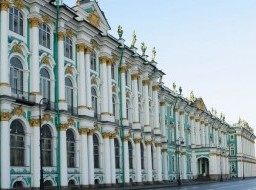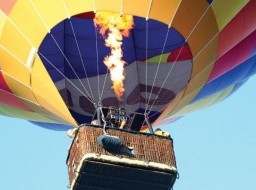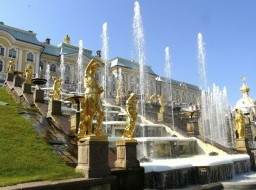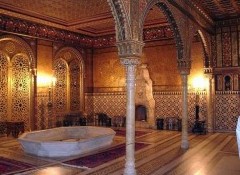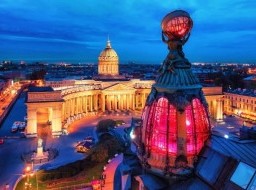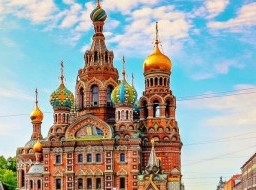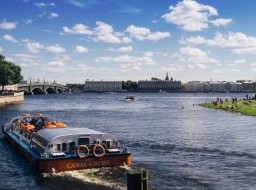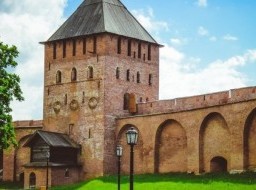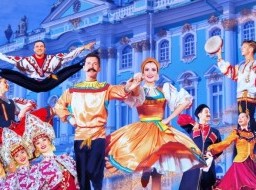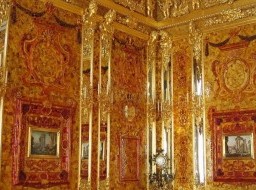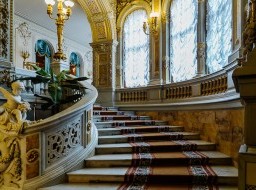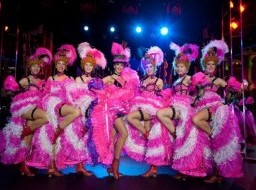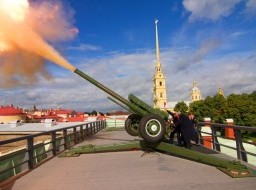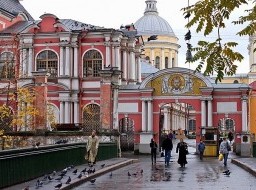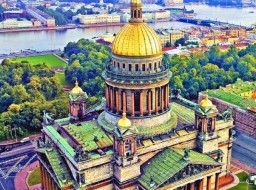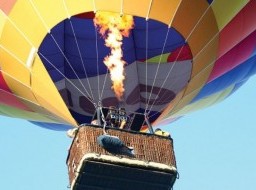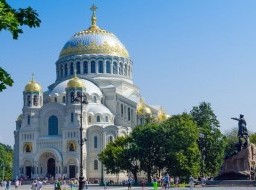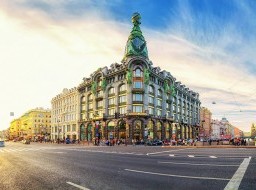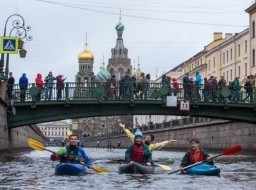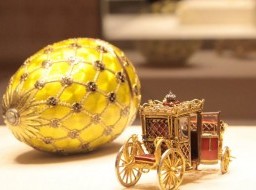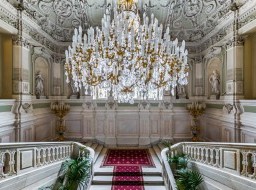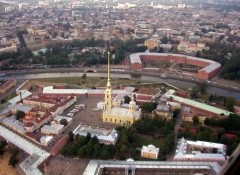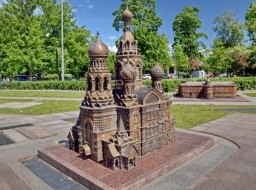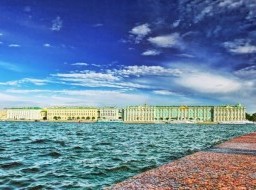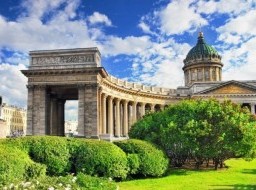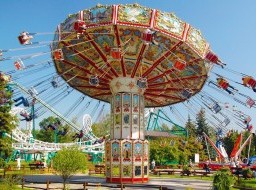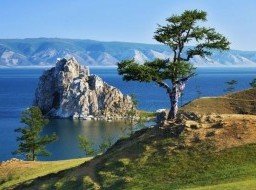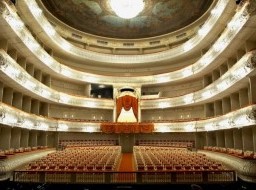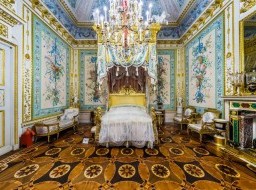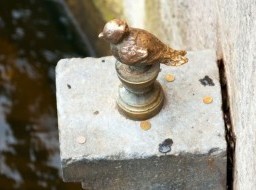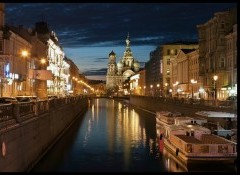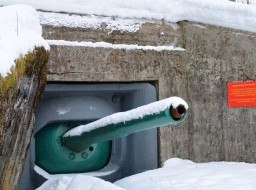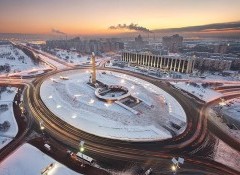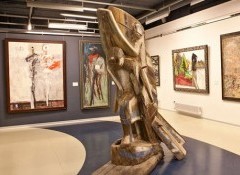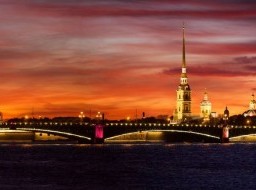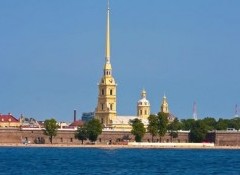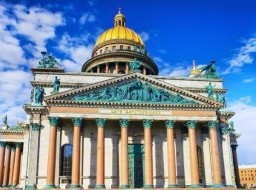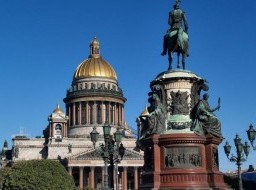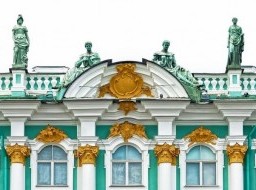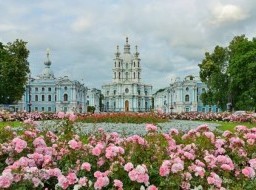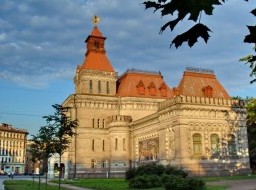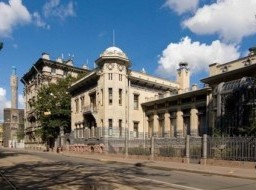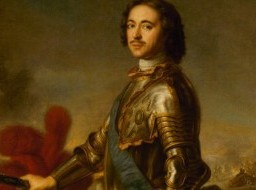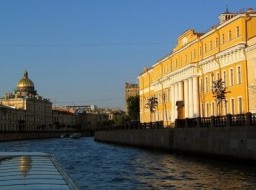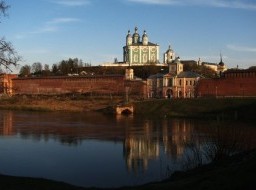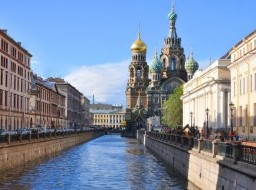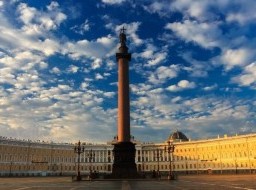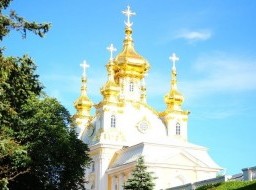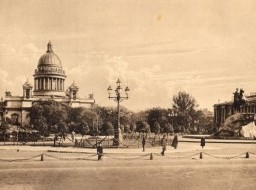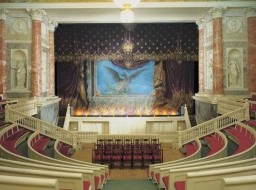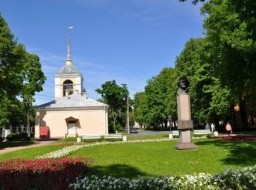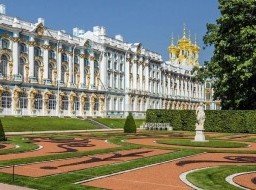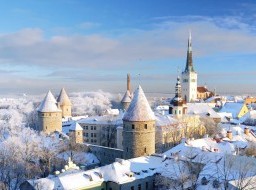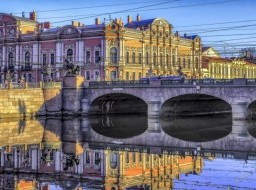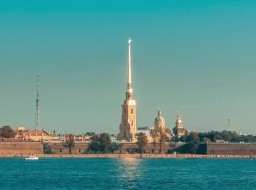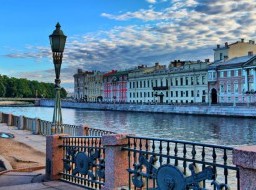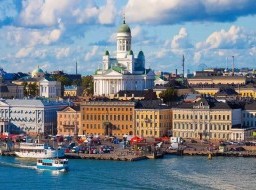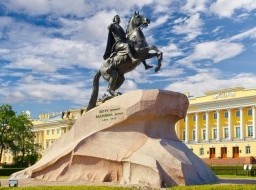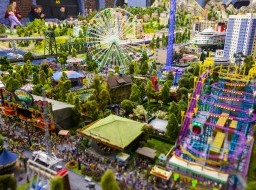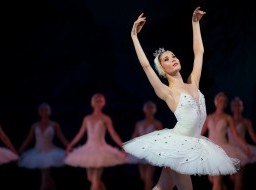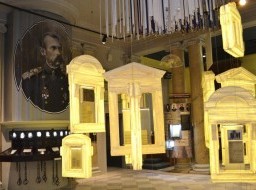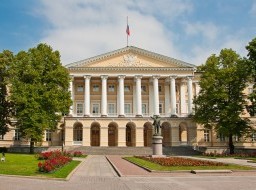Fontanka river Embankment
In contrast to the Neva and its many rivers and canals, the Fontaka has a single embankment running along its seven kilometer course. Until the middle of the 18th century the Fontanka served as the southern boundary of the city, and after it was considered the boundary of fine construction of St. Petersburg. Not surprisingly, there are a huge number of buildings here that are of historical and cultural value. Moreover, you can get acquainted with them not only walking along the promenade but also on-board a tour on a boat. The modern name of the Fontanka River (from the Russian word "fountain") was conceived in 1737 when aqueducts were constructed across it to feed water to the fountains of the Summer Garden. In the 18th century, forests grew on the southern banks of the Fontanka, sheltering bandits that attacked the highways leading out of St. Petersburg. For this reason, there were army and police posts at the intersection of major roads with the Fontanka during that time. Numerous semi-circular and rectangular bridgeheads today stand preserved as a reminder of the posts. Only in the second half of the 18th`Century, when the city border moved to what is now Zagorodny Prospekt, did the Fontanka offically enter the city limits. Cast-iron Sphinx on the Fontanka River Embankment
The first building on the banks of the Fontanka was the Summer Palace of Peter the Great. According to the custom introduced by Peter at the time, all buildings along a river had to have their own moorings and piers. From 1780-1789, architect Alexey Kvasov built up granite embankments, ramps, and slipways to the river. At the end of the 18th century, the river channel was straightened. In 1797-1800 on the banks of the Fontanka, the Mikhailovsky Castle was built by architect Vincenzo Brenna on the orders of Paul I, with a moat dug around it on three sides and connected to the river. Colourful Fontanka River
In the 19th century, several magnificent palaces, including Shuvalov Palace, Sheremetev Palace, Anichkov Palace and Beloselsky-Belozersky Palace near the intersection of the Fontanka River and Nevsky Prospekt. Russian poet Anna Akhmatova lived in apartments the Sheremetev Palace, commonly known as the "Fountain House," in the 1920s and 1930s. Today the main wing of the palace is a museum of musical, while there is also a museum to Akhmatova, accessed from Liteyny Prospekt. Further along the river there are numerous other attractions - the Tovstonogov Bolshoy Drama Theatre, one of the best theaters of St. Petersburg and Russia; the unique Art Nouveau style residential complex known as "the Tolstoy House;" and the estate of the poet Gabriel Derzhavin. At various times, the poet Alexander Pushkin, writer Ivan Turgenev, composer Sergei Prokofiev, and many other celebrities lived on the embankment. Reflections in the Fontanka River
The architectural appearance of the embankment would be incomplete without its fifteen bridges crossing the river. Almost all of them are both superior examples of the craft of their architects and the embodiment of the engineering advances of the 18th century. Among the most notable include the first bridge on Fontanka, the Pracheny Bridge; Anichkov Bridge decorated with the famous sculptural group The Horse Tamers by Peter von Klodt; the Egyptian Bridge with its sphinxes; the Lomonosov Bridge; and Staro-Kalinkin Bridge. The latter two are particularly as they retain their 18th century design as draw bridges, although none of the bridges along the Fontanka have been opened for well over a century. Fontanka River at sunset
The Fontanka River has gained the love of the city and its visitors not only for its grand architectural masterpieces. Equally popular is the small finch monument, Chizhik-Pyzhik, near the waterline below the 1st Engineers Bridge. This recent diminutive addition to St. Petersburg's public monuments references a drinking song sung by the students of the Imperial School of Jurisprudence. Opposite house no. 132, meanwhile, is a strangely empty pedestal which the locals call "the monument to the invisible man." Panorama of the Fontanka River
One can walk along the Fontanka from beginning to end, but the part from the Neva to the Nevsky Prospekt with its many museums and sights is the part that is unmissable for tourists. The attractions of the embankment in the warmer months look best from on-board a boat, and the Fontanka is one of the most popular routes for sightseeing excursions. |
|
